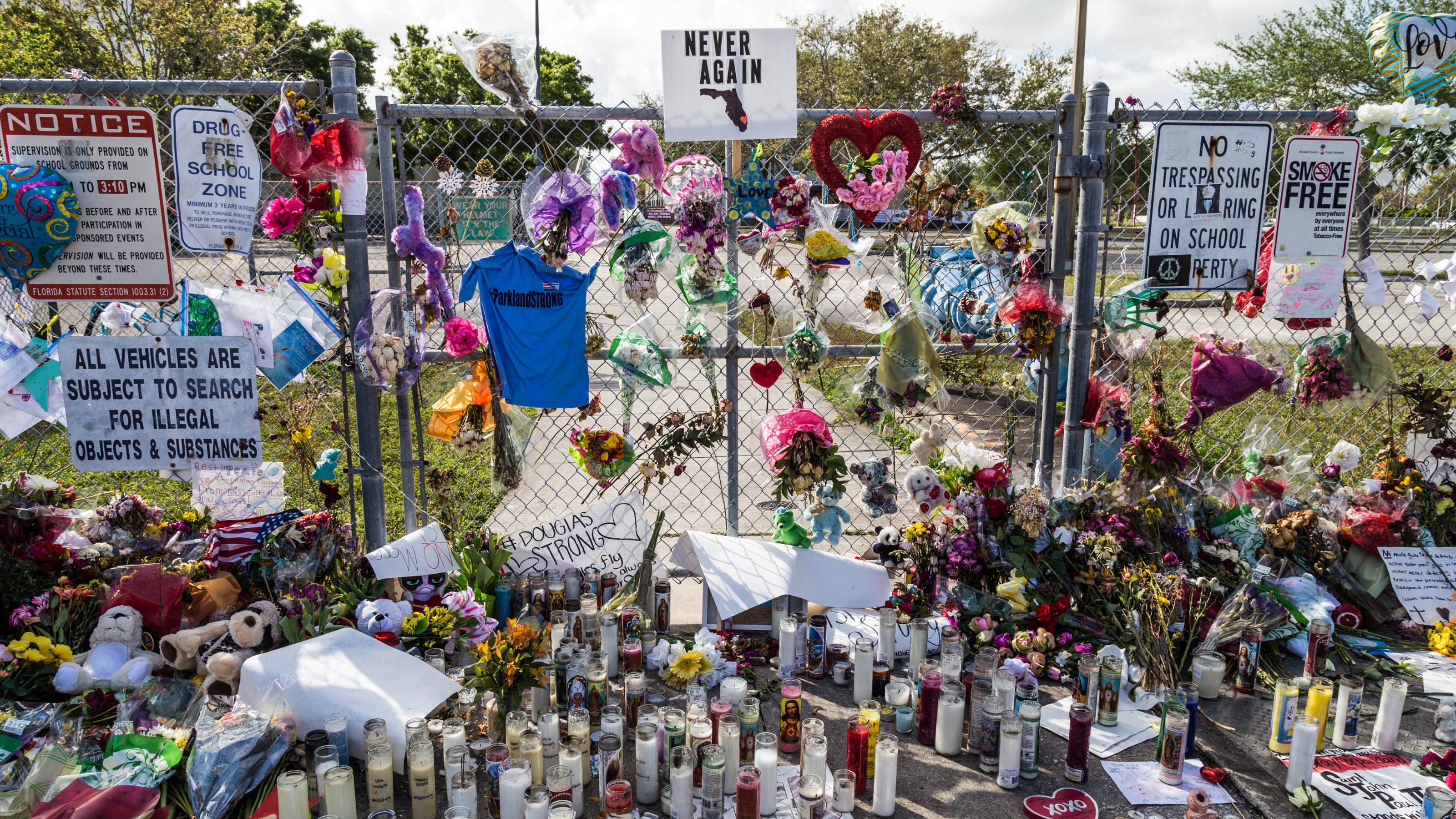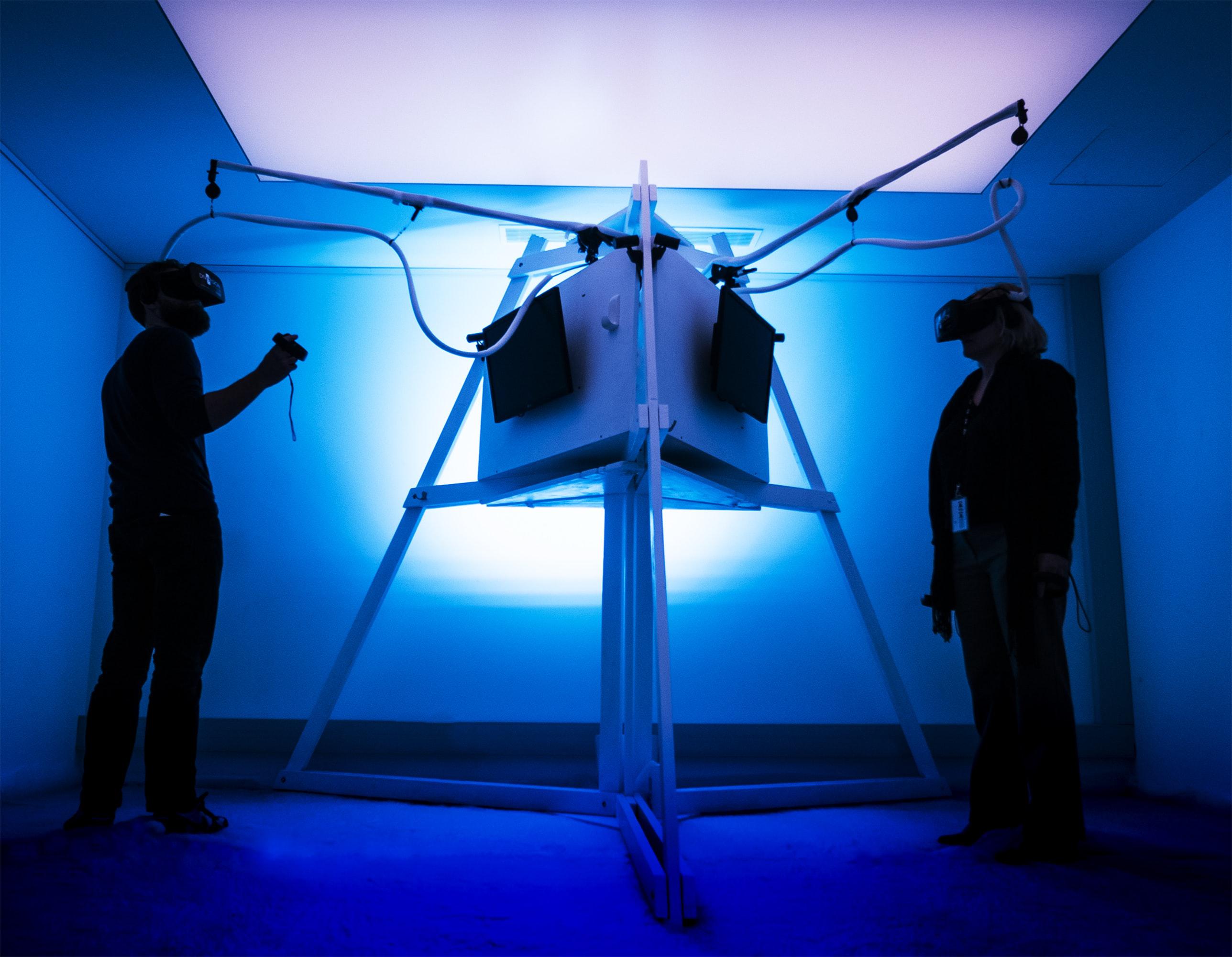Fame-seeking mass shooters get more media coverage, study finds

Shutterstock
- The study examined mass shootings from 1966 to 2018, finding that shootings have become more common and more deadly since 2000.
- The results showed that fame-seeking mass shooters received significantly higher media coverage than their counterparts, with 97 percent of fame-seeking mass shooters getting a mention from the New York Times.
- Recent research shows connections between the amount of media coverage on mass shootings and their likelihood to occur shortly after.
Mass shooters who seek fame tend to receive more media coverage than other shooters, according to new research that sheds light on an ongoing debate over how journalists should cover mass shootings.
The study, published in the journal Aggression and Violent Behavior, examined mass shootings in the U.S. from 1966 to 2018 and did not include police shootings, gang- and drug-related shootings, or those involving domestic violence. The researchers defined “fame-seeking” shooters by looking at the shooters’ own manifestos, online profiles, police documents, suicide notes, and videos.
In addition to highlighting the fact that mass shootings have become more common and more deadly since 2000, the results showed that fame-seeking shooters received a disproportionate amount of media attention, with about 96 percent of them receiving at least one mention in the New York Times, compared to 74 percent of shooters who apparently weren’t seeking fame.
“Fame-seeking shooters incur high victim counts, and receive disproportionately higher levels of media coverage. As such, the media is reinforcing their initial motivations, and potentially contributing to copycat criminality,” study author Jason R. Silva, an assistant professor at William Paterson University, told PsyPost.
“While the ‘No Notoriety‘ campaign and ‘Don’t Name Them‘ movement have been vital for reducing attention to perpetrators — and focusing on victims — there is still a need for further understanding of responsible reporting of mass shootings.”
“When you see me on the news you’ll know who I am”
These are words spoken by the person who killed 17 people at Stoneman Douglas High School in Parkland, Florida, in 2018.
Journalists, media critics, and the public have for years debated over how to cover mass shootings: Should shooter’s be named? Their photographs revealed? How much coverage is too much? These are ethical questions that weigh several broad interests. First, beyond morbid curiosity, there’s the public’s interest in learning about what kind of person could be capable of carrying out such violence. But against that are valid concerns about the fact that covering mass shootings might lead to more people to commit them, as recent research has suggested. And finally, of course, there’s a profit motive: People will reliably consume media about mass shooters, which makes money for media outlets.
In weighing these interests (or, more cynically, considering only the third), the majority of news outlets have decided to name shooters and display their photographs.
“Many of these at-risk individuals recognize that murdering large numbers of men, women, or children will guarantee them fame,” wrote Adam Lankford, a criminologist at the University of Alabama who has studied the contagion effect of mass shootings. “They believe their names and faces will adorn newspapers, television, magazines, and the internet — and unfortunately, they are right.”
But even if journalists choose not to name mass shooters — as, for example, Anderson Cooper chooses not to do — that won’t prevent others on the internet from spreading the personal information of fame-seeking shooters. For example, the men behind this year’s mass shootings in New Zealand and El Paso, Texas, for example, both posted manifestos online shortly before the attacks, and their names were widely circulated around websites like Reddit and 8chan — as was a live-streamed video of one of the shootings.
With the internet, mass shooters will always have an avenue for achieving notoriety. But by choosing to limit coverage of mass shootings and the people who commit them, mainstream media can help make the stars of mass shooters shine a bit less brightly. If nothing else, news outlets could simply stop showing photos of mass shooters.
“I’ve never heard anyone offer a cogent argument as to why seeing the face of a mass shooter is somehow helpful information for understanding how to prevent the next one,” Lankford told the Los Angeles Times.





